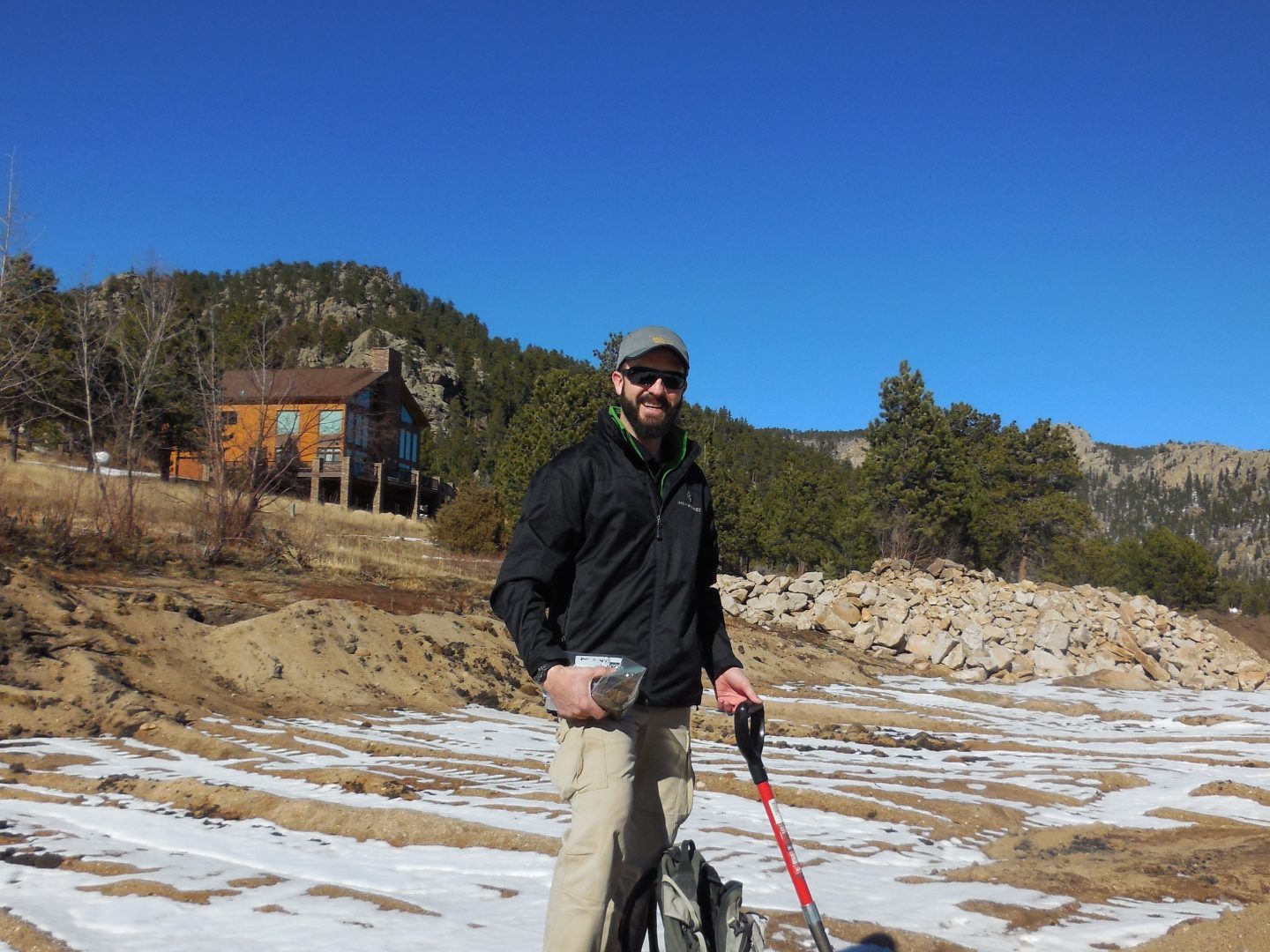Joshua Eldridge Selected to Serve on Sustainability Advisory Council
May 12, 20212021 Summit for Recycling: Joshua Eldridge to Serve as Panel Expert
May 25, 2021
Book Review: Smokescreen
Author: Liz Clift
Smokescreen: Debunking Wildfire Myths to Save our Forests and Our Climate by Chad T. Hanson, director of the John Muir Project, which comes out Tuesday, May 25 offers alternatives to the narratives about forest fires many of us have heard—and repeated—for decades. Within this book, he makes a case for the ecological importance of natural fires, for burned areas, and for snag habitat created by fires—and he also works to undo some of the narratives surrounding the alleged ecological devastation wrought by especially high intensity fires.
Throughout the book, Hanson cites peer-reviewed reports and articles that offer alternatives to the stories so many of us are used to hearing about moderate to high intensity fires (which is that they’re “sterilizing” the soil and need to be controlled). This includes how plant and animal species in fire adapted ecosystems do just fine (or even thrive) in the months and years after a fire, frequency of moderate to high intensity fires has actually decreased over recent decades, and that forest fires don’t actually release large amounts of carbon.
He also highlights the ways media portrayals can be misleading—even if it is unintentional—by misrepresenting the findings of studies, showing raging flames (when many forest fires are small and creep along the ground), and using vocabulary that people may interpret in many different ways. In one especially poignant example, Hanson retells a story of a colleague who asked about clear cutting within a managed forest, only to be told by the agency official that it wasn’t clear cutting, it was “ecosystem management.”
While this may or may not be a true story, it highlights the obfuscation that can happen when terms are misused by media or scientists, and how these terms can perpetuate certain ideas about what is happening that may or may not align with reality. He also points to the term “healthy forests” and note that most ecologists would be more likely to use terms like “ecological heterogeneity” or “biodiversity,” which provide a more concrete understanding of what is meant by “healthy forest.”
Throughout the book, Hanson highlights success stories of species that thrive near newly burned areas and of successional revegetation of burned areas—and he looks not only at the forest floor, but riparian areas, which are also frequently brought up as an area of concern by people promoting the idea that “megafires” are more frequent and causing ecological devastation. He also works to debunk some of the saddest stories (such as the number of animals that died in the Australian brush fires in 2019-2020).
He also underscores the limitations of various studies that have looked at post-fire succession. For example, in some cases, only very limited areas were examined for post-fire regrowth, which can skew our understanding of what forest fires mean for our ecosystems. His argument here is that we, collectively, aren’t getting a full picture of the short- and long-term impacts of fire on ecosystems, and that is to the detriment of all of us, and to our ecosystems. It also means that average people are more likely to misrepresent, or overblow, the impacts of fire on an ecosystem.
Again and again, Hanson reminds the reader that fire is a natural part of nearly all ecosystems—and so while alarmist reporting in the media may seem, well, alarming, our ecosystems have always had fire. The difference, in many ways, is that now our lives and livelihoods may be impacted by those fires (or, in some cases, the lack of fire). He spends very little time focused on the wildland-urban interface (also called the WUI, pronounced wooey), except to highlight the ways many people who live in fire prone areas aren’t necessarily ready to protect their homes and that more could be done by government to help people understand the role of fire in ecosystems near their homes and how they can help keep their homes and property safer.
Hanson also reminds us that if we want to curb climate change, we can’t focus just on planting forests or reducing our use of carbon-intensive fuels and products, that we must do both. And it’s clear he hopes that we will do both while considering the more complicated forest and fire narratives that he presents in Smokescreen.
If you’re looking for a book that’s going to make you feel good about the world, this isn’t is. But this also isn’t a book that should make you feel fearful, which Hanson highlights hinders action and diminishes hope. Hanson, instead, is clearly trying to generate concern, which he says motivates. He’s raising concerns about the narratives we’ve been told, for decades, about forests and fires, and he’s hoping he’s made a good enough case that readers will begin to have similar concerns.
If you’re looking for a book that’s going to make you feel good about yourself, this book probably also isn’t it. There’s a reasonable chance that Hanson implicates something you’ve said or done or advocated for. Throughout the book, he implicates the media, industry, governments, and even conservationists and environmentalists, although for some the implications may sting more than others. However, sometimes being implicated can be a good thing. It can be an opportunity to take another look at what’s being presented, to re-examine your beliefs, and depending on the evidence, perhaps even change them.
For me, this book complicated not only my understanding of forests and forest management, but forest fires and fire management. Did I feel implicated at points? Yes. Does that make me want to learn more? Also, yes.
I recommend reading this book and discussing it with others.
Disclosure: I received an advanced copy of this book, free from the publisher, in exchange for a review. I have not been compensated by the author, his publicist, or the publisher in any other way.







